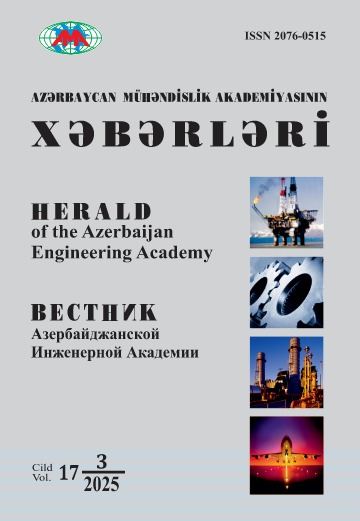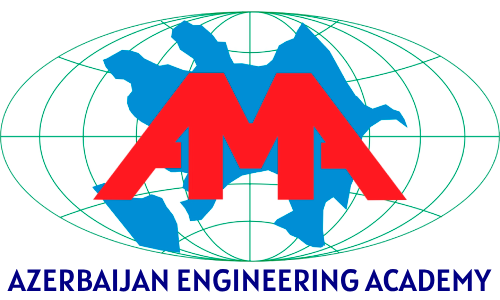Determining the Accuracy of Water Pressure Processing using 3D Scanning
DOI:
https://doi.org/10.52171/2076-0515_2021_13_03_38_44Keywords:
manufacturing tolerances, abrasive additives, nozzle, clean waterjet cutting, (material) tolerance, feed rate, cuttingAbstract
The article provides the results of the study of manufacturing tolerances in waterjet cutting by the method of three-dimensional (3D) measurements: shape deviations were shown by three-dimensional comparison of scanned samples. The dimensions were also measured using two-dimensional (2D) sections of the scanned samples. It has been determined that the clean waterjet cutting tends to separate soft materials such as plastic, foil, foam or paper, as well as food. Unlike the pure waterjet cutting, the abrasive cutting is used for hard materials such as steel, ceramics, glass. The optimal pressure for material processing has been calculated. Particular emphasis is placed on the separation of composite materials, which cannot be satisfactorily accomplished using conventional methods.
Downloads
Published
How to Cite
Issue
Section
License

This work is licensed under a Creative Commons Attribution-NonCommercial 4.0 International License.



